Five-step plan to save us from coronavirus ruin
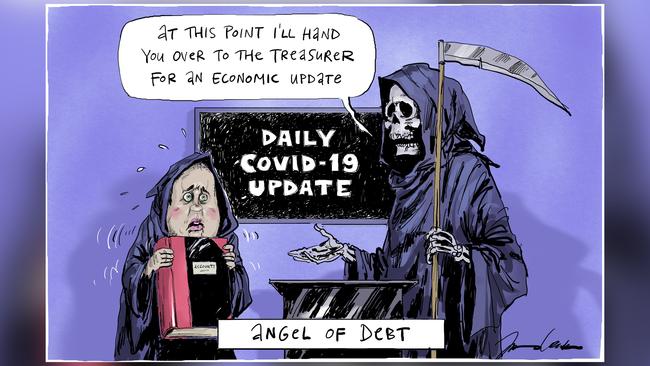
While the pandemic infection curve has remained fairly flat, we have seen spikes in Victoria and NSW this past fortnight — inevitable as we deal with a virus that has no cure and no vaccine.
Also inevitable are calls for further wide-scale lockdowns and border closures.
There is, of course, an alternative: investing in and adopting sensible strategies to protect the vulnerable while we learn to live with the virus.
Wide-ranging, large-scale lockdowns might be the norm, even though there seems to be no evidence they work. But they do cause economic chaos as billions of dollars are spent compensating people and businesses sidelined by the policy. There are also impossible-to-quantify negative health and social impacts.
When other waves of infection occur, as they almost certainly will, we need our governments and health officials to accept the evidence on hard lockdowns and adopt a different approach, while still protecting those at risk.
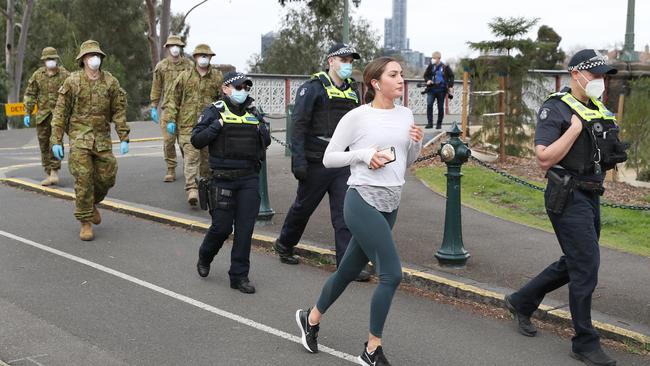
A vaccine could be found for the coronavirus in perhaps 18 months, if one is ever found.
To date, billions of dollars have been spent in Australia alone on our response to the pandemic. Imagine if we had short-circuited the process and instead of shutting the economy had invested in protecting the vulnerable and had very widespread testing and tracing. This would also have been expensive but nothing like the bill we face now.
It’s late in the COVID-19 game but there is still an opportunity to build on the great work that was done to suppress it. Remember, the Morrison government’s initial objective was to flatten the curve to ensure our medical system and our intensive care units were not overrun.
In the past week or so, most state governments and the federal government have confirmed that their overall goal continues to be containment of COVID-19. A strategy to eradicate it could have shut down the Australian economy for years. But some government statements last week need clarification. “No community infection spread” seems to me to be another name for eradication.
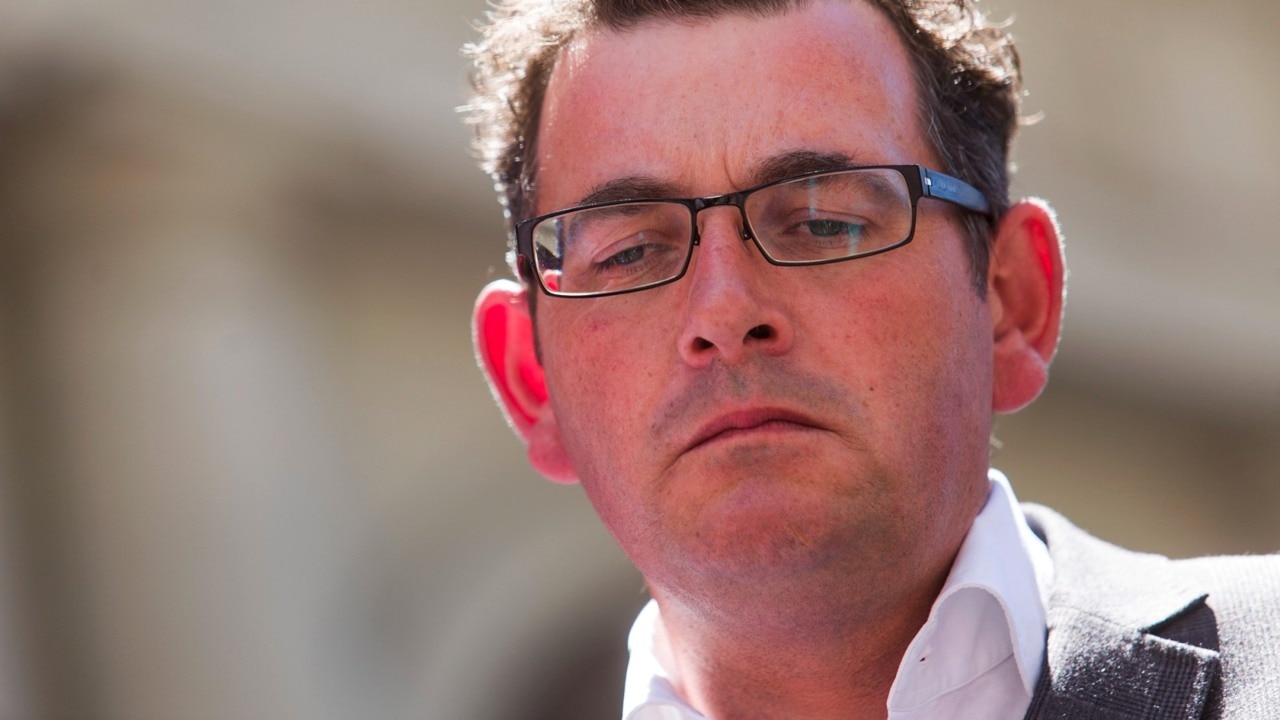
We need to live with the virus in the manner that much of the world has started to do, but this should not be confused with doing nothing. We need a blueprint for living with COVID-19.
In the absence of a cure or eradication, there will be some cases where an ICU bed is required and there will be some deaths in the months ahead, just as there is every year with the flu.
With about 6500 ICU beds available for COVID-19 patients in Australia, health officials and politicians would presumably become nervous once 3000 to 4000 of these were in use. Based on World Health Organisation data, this would happen if we had somewhere between 60,000 and 100,000 active detected infections at any one time.
At that level, we would see something like a 4 per cent increase in monthly Australian deaths — about 600. Protecting the vulnerable effectively would probably compensate for this.
Is a small increase in deaths acceptable to health officials, governments and the Australian people? The answer probably depends on what the costs of those strategies are, and what the alternative strategies might be.
If the objective is learning to live with the virus, as we do with the flu, there are a number of strategies we can implement.
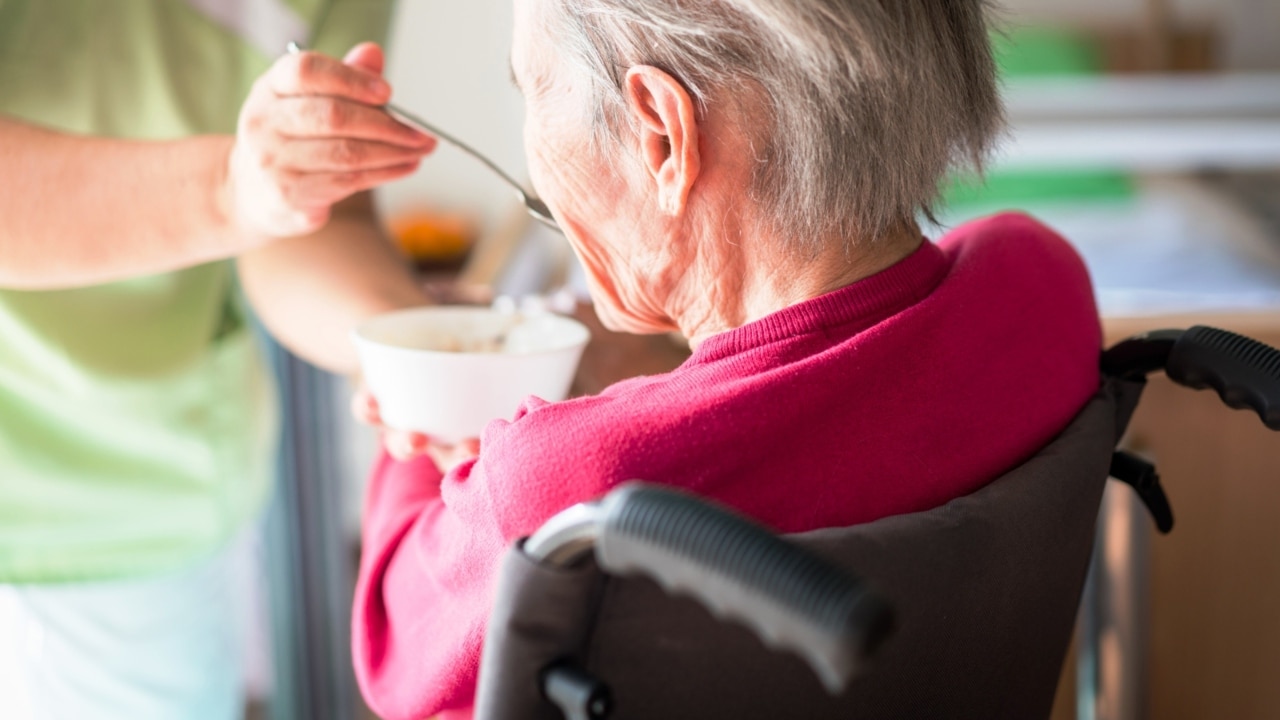
First, we need to protect the elderly and those made vulnerable by serious underlying illnesses. There has been a disproportionate number of deaths among critically ill and aged Australians. Funds should be allocated to this vulnerable part of the population so their chances of contracting COVID-19 are as close to zero as possible.
Second, we must substantially upgrade our testing, tracking and tracing and subsequent isolation capabilities. Expert tracers are needed, along with more testing — a large mobile force able to move to any hotspot and quickly trace infections and contacts.
Third, government and health officials need to be open, honest and transparent so we avoid any confusion and ensure people buy into these objective and strategies. Let’s not engender fear by exaggerating the risks.
Victoria — with its compulsory wearing of masks across the Melbourne and Mitchell Shire areas — is a good example where you need the community’s co-operation and not government threats.
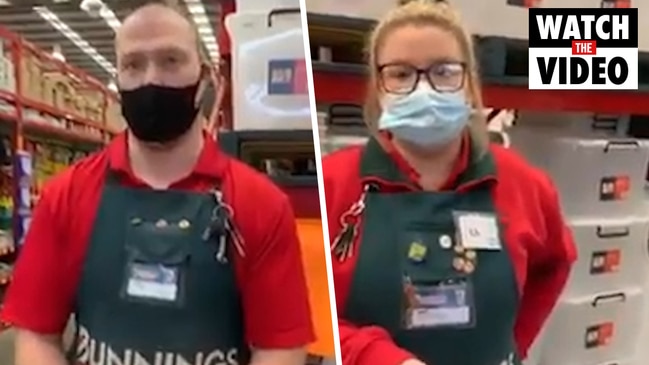
Fourth, we should encourage people to intervene directly when they observe others not doing the right thing (not wearing masks, not distancing, gathering in groups). This community interception, particularly if adopted by the young, will be an important aspect of suppression. This should not be confused with “dobbing in” to authorities, which is generally considered un-Australian and may have the opposite effect.
Finally, the strategies for living with the virus should be driven by our leaders after taking advice from the general community (particularly ethnic minorities and older people), business and, of course, from health officials.
Today’s strategy appears to be weighted towards the health officials, who naturally have one thing only on their minds — stopping the spread of COVID-19, regardless of the economic and social consequences.
State and federal leaders must listen to the community and business leaders as they devise and fine-tune their strategies, not just to the health officials.
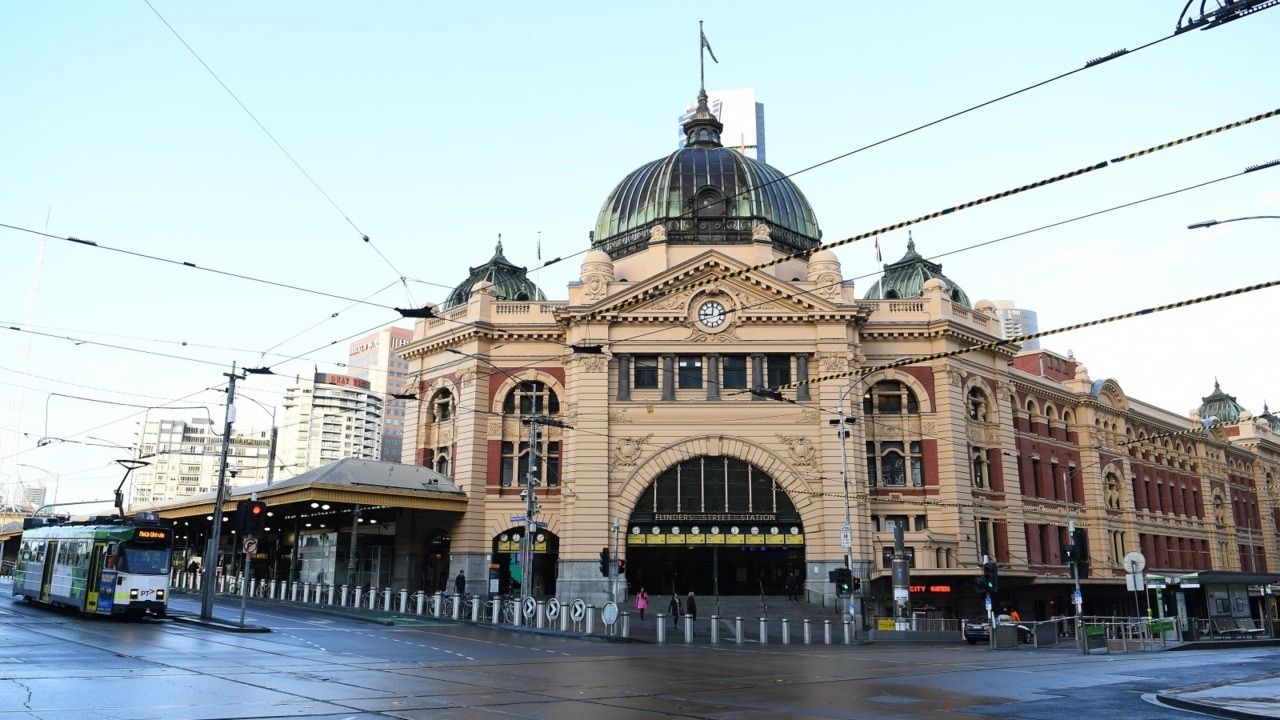
As we have seen in Victoria recently, lockdowns don’t work; they put the community offside and people become unco-operative. What works is having the community on board and prepared to do the right thing and to encourage others to do the same.
More funds and more effort are needed to protect the vulnerable as well as compensating business and workers badly affected by the governments’ original directives and now second-wave lockdowns.
Remember, without a vaccine for this disease, trying to eradicate COVID-19 will be very costly and almost impossible in the short to medium term.
Graham Turner is founder and managing director of Flight Centre Travel Group.


